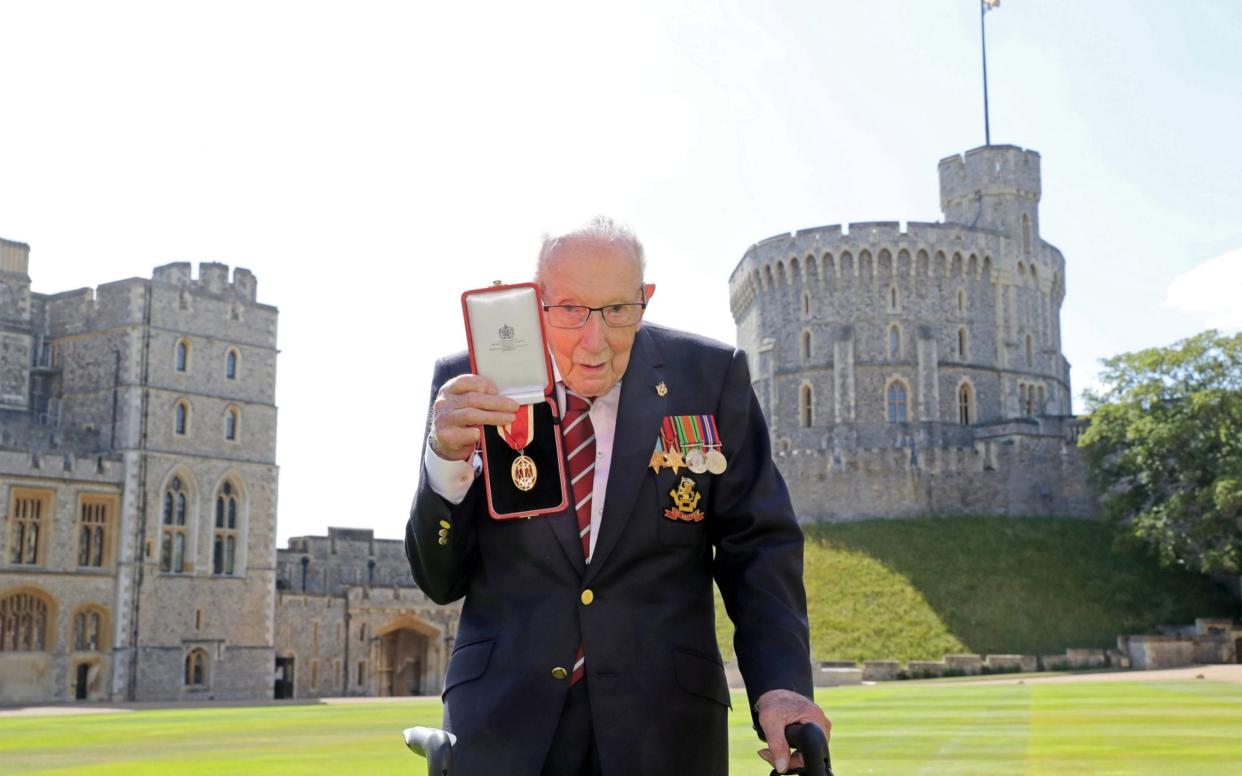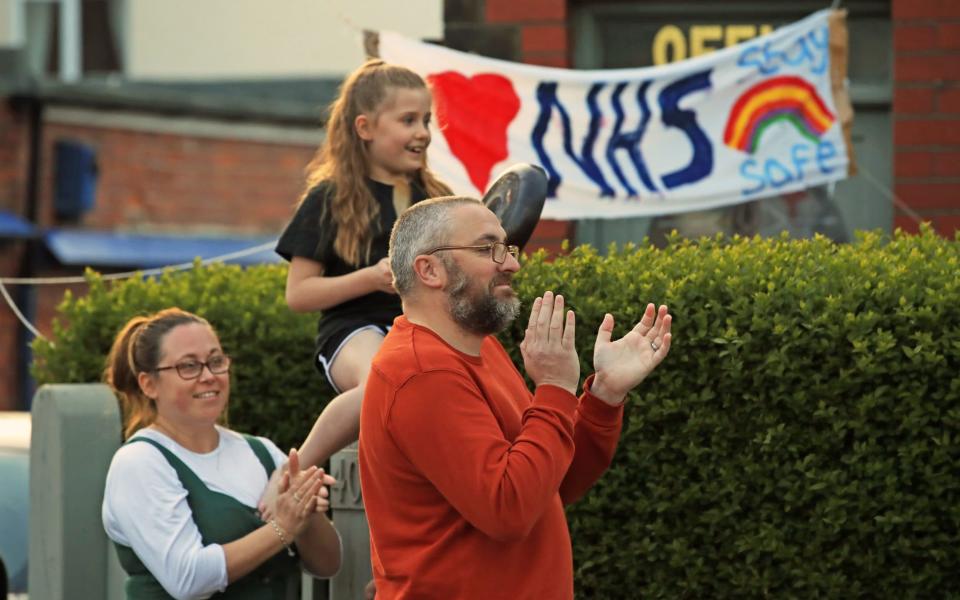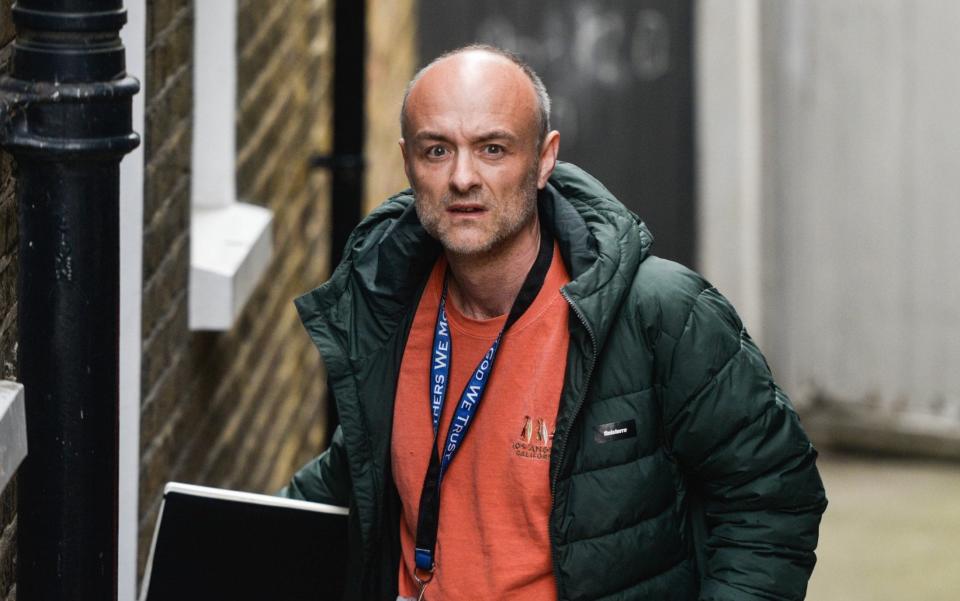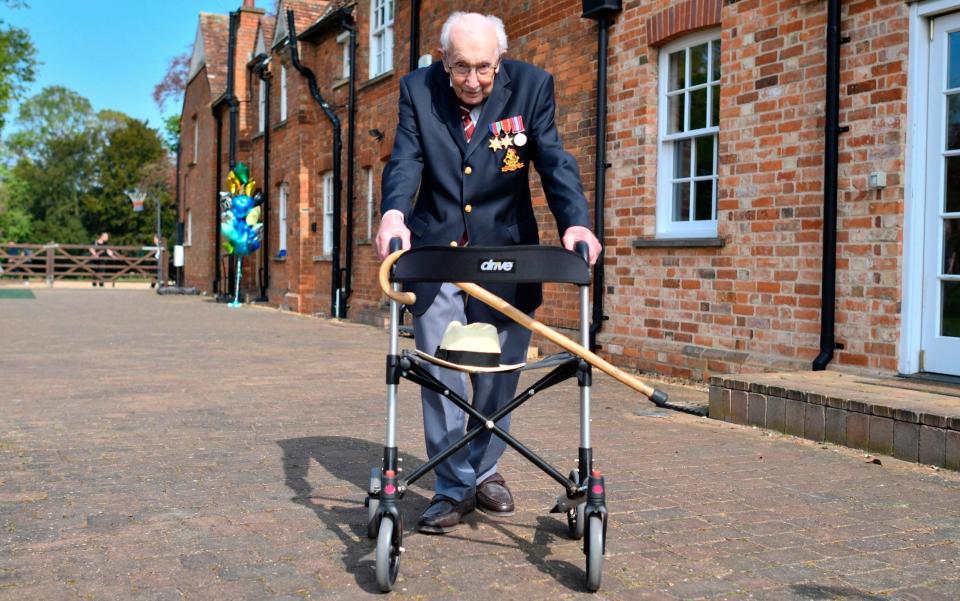The six key moments that shaped the UK's coronavirus lockdown


It has now been six months since Boris Johnson, the Prime Minister, put the UK in lockdown.
With winter approaching, restrictions are tightening again and could be in place for six months after a sharp rise in coronavirus cases brought on a second wave of the infection.
On March 23, Mr Johnson told the British public (see the video below) that they could only leave their homes for limited reasons, including food shopping, exercise once per day, medical need and travelling for work when absolutely necessary.
All shops selling non-essential goods were told to close, gatherings of more than two people in public were banned, family events including weddings – but excluding funerals – were cancelled.
Dominic Raab, the Foreign Secretary, told Britons travelling or holidaying abroad to return home while they still could.
The following day, Matt Hancock, the Health Secretary, revealed that an emergency Nightingale Hospital was being prepared at ExCeL London, with capacity for 4,000 patients, and launched a scheme to recruit 250,000 volunteers to help the NHS.
The UK then rallied together, with the national lockdown being marked by six key events:
On our doorsteps banging pots, pans and bin lids – March 26
The nationwide applause for healthcare workers on the frontline against coronavirus (see video below) began its journey in a terraced street in north London on March 18.
Dorothy Boswell, 67, heard her neighbours had been standing on their front doorstep every evening and clapping for the NHS, much to their daughter's embarrassment.
Ms Boswell, who was self-isolating because of a lung condition, sent a message on a local Facebook group inviting residents to join her in the applause.
"Singing, dancing and musical instruments all welcome – just make sure you keep a house width apart," she wrote. "9pm on a doorstep near you."
Eight people joined her that Wednesday night, and the number doubled the next day. The event quickly gathered momentum until, just over a week later, the whole country was clapping.
"It's a nice punctuation to what, for many people, will be quite strange days," Ms Boswell told The Telegraph. "You open your door, see other people, and wave to them. It makes you feel like we're all in it together."

However, it was Annemarie Plas, a 36-year-old yoga instructor, who launched a national campaign to get Britain to clap for our carers every Thursday at 8pm after seeing a similar event take off in her native Holland.
Mrs Plas created a social media invitation that said: "In these unprecedented times, they [our carers] need to know that we are grateful."
"My friends sent me print screens of people who had posted it," she said. "The cherry on the cake [was] Victoria Beckham, willing to open up her reach to spread the message, which made me feel: 'OK, maybe it's going to happen.'"
On March 26, the nation stood on its doorsteps banging pots, pans, bin lids and anything else they could get their hands on, and continued to do so every Thursday for the following two months.
The initiative was supported by the Royal family, politicians, footballers and people from all walks of life up and down the country. The final clap was on May 28, as the tightest lockdown measures were eased.
Her Majesty addresses the nation – April 5
The Queen evoked memories of Britain's spirit during the Blitz as she likened the pain of the coronavirus lockdown to wartime separation, but promised the nation: "We will meet again."
She said that, as during the Second World War, the country must take comfort in the fact that "better days will return".
Her Majesty closed the moving television address, unique to her reign, by echoing the words of Dame Vera Lynn's wartime anthem "We'll Meet Again" to reassure the country that the measures to keep people safe would succeed (watch her speech in full below).
She said: "We should take comfort that while we may have more still to endure, better days will return: we will be with our friends again; we will be with our families again; we will meet again."
Saying it required Britain to join with all nations "in a common endeavour", she promised: "We will succeed – and that success will belong to every one of us."
The Queen, 94, spoke from the White Drawing Room of Windsor Castle, where she filmed the four-and-a-half minute broadcast with one cameraman dressed in full protective equipment.
After nearly seven decades on the throne, the remarkable nonagenarian is well practiced in the art of providing calm in times of crisis. Even in the face of an invisible enemy, she did not disappoint, wrote Camilla Tominey.
By then, her son Charles, the future King, had been struck down by the virus. Charles and Camilla, Duchess of Cornwall, spent almost three months at Birkhall in Scotland, where the prince recovered from Covid-19 after contracting it in March and suffering mild symptoms.
The Prime Minister is taken to intensive care with the virus – April 6
Boris Johnson tested positive for coronavirus on March 26. The Prime Minister had mild symptoms, including a continuous cough and high temperature, and was advised by the chief medical officer to get a test.
Mr Johnson had been self-isolating in 11 Downing Street, which had been sealed off, effectively "making it a house", the Prime Minister's official spokesman said. His meals were left at doors between 10 and 11 Downing Street.
He had been continuing to lead the Government's handling of the crisis by videophone because he had been feeling well enough to continue to work. But on April 5, he spent the night in an NHS hospital after being admitted with persistent virus symptoms. His doctor insisted the admission was a precautionary measure.
Downing Street announced on April 6 that he had been moved to intensive care (see video below) after his condition worsened. He was given oxygen after suffering breathing difficulties but was not placed on a ventilator.
On April 9, Mr Johnson was moved out of intensive care and back to a ward in "phase one" of his recovery. Downing Street said he was "in extremely good spirits".
On April 10, his father, Stanley Johnson, said the Prime Minister "almost took one for the team" and would need a period of rest as he began to recover.
The next day, the Prime Minister thanked NHS staff at St Thomas' Hospital in central London for saving his life. In a short statement, he said: "I can't thank them enough. I owe them my life."
Dominic Cummings takes a trip to Barnard Castle – April 12
The country erupted in anger over revelations that Mr Johnson's senior adviser Dominic Cummings and his wife drove 260 miles to his parents' home in Durham while the country was in lockdown.
However, Mr Cummings said he has no regrets about driving from London to Durham, arguing he did what he thought was "the smallest risk to the smallest number of people".

Speaking from Downing Street's Rose Garden in an extraordinary press conference, he said he drove north with his sick wife and their four-year old son because of fears they would not be able to look after their child if they were both struck down with coronavirus.
His wife had the virus, and he caught it soon after. However, then the story became tangled.
Mr Cummings confirmed he drove to Barnard Castle on day 15 of isolating, insisting this was to ensure he could return to London safely amid concerns for his eyesight. He also sat on the riverside for 15 minutes in another apparent breach of the rules.
No medical professional said that this was a reasonable way of testing eyesight, not least with a small child in the car, but a series of politicians, including the Prime Minister, came out to defend him (the video below shows how the saga unfolded).
A campaign was launched to remove Mr Cummings, which was endorsed by The Daily Mail and The Guardian, but he remains in his post.
Speaking later, Mr Johnson insisted he did not believe that "anyone in Number 10 has done anything to undermine our message". Mr Cummings insisted he had acted "lawfully and reasonably" at all times.
An investigation by Durham Police concluded that he might have committed a "minor breach" of the guidelines when he drove to Barnard Castle on April 12.
Captain Tom walks to victory – April 17
The 100-year-old Second World War veteran, Captain – later to become Sir – Tom Moore raised almost £33 million for health service charities by walking laps of his Bedfordshire garden.
Sir Tom set out to walk 100 laps of his garden in Marston Moretaine in Bedfordshire before his 100th birthday on April 30, and completed the challenge two weeks ahead of time.

His initial fundraising target was £1,000, but his determination captured the public imagination during the pandemic, and within days he had raised tens of millions of pounds.
He also released a charity single, "You'll Never Walk Alone", with singer Michael Ball, which reached number one in the charts, making him the oldest artist ever to have a UK number one single.
Mr Johnson described Sir Tom as a "true national treasure" and praised his "fantastic fundraising" which he said "provided us all with a beacon of light through the fog of coronavirus".
He recommended Sir Tom be exceptionally honoured by the Queen, who approved the honour and knighted him in a small ceremony at Windsor castle on July 18 (see video below).
Sir Tom had said before the event that he "could never have imagined this would happen" and that it would be "the most special of days" when he finally met Queen Elizabeth II.
He said that he was "absolutely overwhelmed" at the thought of meeting the Queen, and quipped: "If I kneel down I'll never get up again."
After the ceremony, he said: "To meet the Queen was more than anyone could expect. Never ever did I imagine I would get so close to the Queen and have such a kind message from her – that was really outstanding, it was truly outstanding."
Sir Tom enlisted into the eighth battalion of the Duke of Wellington's Regiment (8 DWR), an infantry unit that was converted to operate Churchill tanks as part of the Royal Armoured Corps (RAC). In 1940, he was selected for officer training and rose to the rank of captain, later being posted to 9 DWR in India.
He served and fought in Arakan in western Burma, since renamed Rakhine State, and went with his regiment to Sumatra after the Japanese surrender. After the war he returned to the UK and worked as an instructor at the Armoured Fighting Vehicle School in Bovington, Dorset.
He lived in Kent for many years before moving to Bedfordshire to be with his family in 2007.
Furlough scheme extended – May 13

Chancellor Rishi Sunak delivered the biggest speech of his life, setting aside £30 billion to tackle the virus. He acknowledged that up to a fifth of Britain's working population could be off at any one time when the coronavirus outbreak peaked and unveiled a three-point plan to tackle it.
The plan consisted of giving the NHS all the resources it needed, measures to support people if they got sick, and support for businesses. However, the biggest announcement was a furlough scheme, where the Government would cover 80 per cent of your an employee’s salary up to a maximum of £2,500 a month.
More than 9.4 million workers have been enrolled onto the furlough scheme, with claims totalling more than £27.4 billion.
Businesses use furlough as an alternative to laying off staff. When an employee is put on furlough, their company will require them to take time off. This measure is used when companies want to keep their employees on the payroll and bring them back up to full time in future but decide they need fewer hours of work from them in the meantime.
Many businesses resorted to this during the coronavirus lockdown, as they are unwilling to pay staff that are unable to work from home.
On May 13, the Treasury said it would pay millions of workers' wages for most of 2020 with Mr Sunak extending the furlough scheme until the end of October (watch him announce the move in the video below).
From August the scheme was made more flexible to allow part-time work, encouraging staff to go back and letting businesses reopen cautiously instead of facing full operating costs right away.
Now the Treasury is working on plans for a successor scheme to fend off a wave of unemployment in the autumn.
The fresh restrictions announced by Boris Johnson on Tuesday – which could last as long as six months – were greeted with shock by sectors such as hospitality, which are still dependent on the £47 billion scheme due to the lack of details on future support.
Labour leader Sir Keir Starmer has warned of a "disaster" if the scheme comes to an abrupt halt at the end of October, while Mr Johnson has said Mr Sunak will show "imagination" and "creativity" in protecting jobs.
No decisions have yet been taken on the future of the furlough successor, which would be akin to the German Kurzarbeit short-time work scheme that was instrumental in keeping employment stable during the global financial crisis, and similar to measures called for by Labour.
The Treasury, said to be looking at schemes in France, Germany and Spain, declined to comment.


